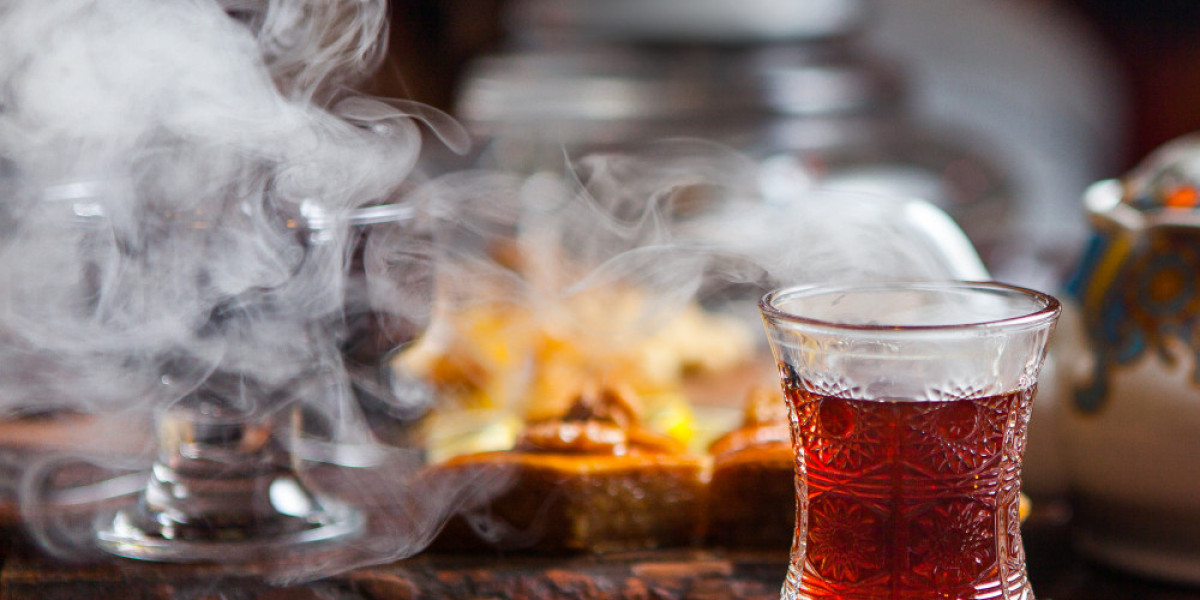Puerh Tea, a distinctive fermented tea from Yunnan Province in China, is renowned for its deep flavors, aging potential, and health benefits. Unlike other teas, Puerh undergoes fermentation, giving it a rich character that evolves over time. Among its two main types—Raw and Ripe—Ripe Puer Tea is especially valued for its earthy, mellow taste and smooth texture. This variety has become increasingly popular among tea enthusiasts worldwide for its comforting aroma and drinkability.
Historical Roots of Puerh Tea
The history of Puerh Tea stretches back more than a thousand years, originating from the lush tea-growing mountains of Yunnan. The name comes from the ancient town of Puerh, a trading center where teas from surrounding regions were collected, processed, and distributed. In ancient times, Puerh was compressed into cakes or bricks for easier transport along the famous tea-horse road, a trade route that carried it to Tibet, Southeast Asia, and beyond. Over centuries, this tea gained a reputation not only for its taste but also for its long shelf life and potential health benefits.
Understanding Ripe Puer Tea
Ripe Puer Tea, also called “Shou Puer” in Chinese, is a relatively recent development in the long history of Puerh. In the 1970s, tea producers developed a process called “wo dui” or wet-piling to speed up fermentation. This innovation was designed to mimic the aging process of Raw Puer but in a much shorter time, producing a tea that was smooth and mellow right from the start. Ripe Puer is characterized by its dark, reddish-brown liquor, earthy aroma, and rounded, comforting flavor that lacks the sharpness of young Raw Puer.
How Ripe Puer Tea is Made
The production of Ripe Puer Tea begins with freshly harvested leaves from Yunnan’s broadleaf tea trees. These leaves are initially processed into a form known as “Maocha” through withering, pan-firing, rolling, and drying. The Maocha is then heaped into large piles and moistened to encourage microbial fermentation. Over several weeks, careful temperature and humidity control allow the leaves to ferment naturally, developing their signature earthy, woody, and sometimes sweet flavors. After fermentation, the tea can be left loose or compressed into cakes, bricks, or tuos for storage and sale.
Flavor Profile and Brewing Experience
One of the most appealing aspects of Ripe Puer Tea is its rich, smooth flavor. Its taste often includes earthy, woody, and sometimes chocolate-like notes, with a deep sweetness that lingers in the mouth. Unlike Raw Puer, Ripe Puer lacks sharp astringency, making it especially enjoyable for those who prefer mellow teas. Brewing Ripe Puer involves rinsing the leaves briefly with hot water to awaken the aroma, then steeping them in near-boiling water. The tea can be re-steeped multiple times, with each infusion offering a slightly different balance of flavors.
Health Benefits of Ripe Puer Tea
Ripe Puer Tea is not only enjoyed for its taste but also for its potential health-promoting qualities. Traditional Chinese medicine has long valued Puerh for its digestive benefits, particularly after rich or oily meals. Modern research suggests that the microbial fermentation process may produce compounds that help regulate cholesterol levels and support gut health. The tea’s warming nature makes it ideal for colder weather, providing comfort and relaxation. Many drinkers also appreciate its moderate caffeine content, which offers gentle stimulation without causing jitters.
The Appeal of Aged Ripe Puer Tea
While Ripe Puer is enjoyable immediately after production, it can also benefit from aging. Over the years, the flavors can become even smoother and more integrated, with some aged Ripe Puer developing a rich, camphor-like aroma and increased sweetness. Although aging Ripe Puer does not produce as dramatic a transformation as with Raw Puer, many collectors still value older cakes for their depth of flavor and unique character. Proper storage is essential, requiring a cool, dry environment away from strong odors.
Global Popularity of Ripe Puer Tea
In recent decades, Ripe Puer Tea has gained a devoted following outside China. Its rich flavor, low bitterness, and digestive benefits have made it popular among tea drinkers in North America, Europe, and Southeast Asia. Online tea shops and specialty stores now offer a wide selection of Ripe Puer cakes and loose-leaf varieties, making it accessible to a growing global audience. As more people discover the soothing qualities of Ripe Puer, it continues to build a reputation as one of the most comforting and enjoyable fermented teas in the world.







